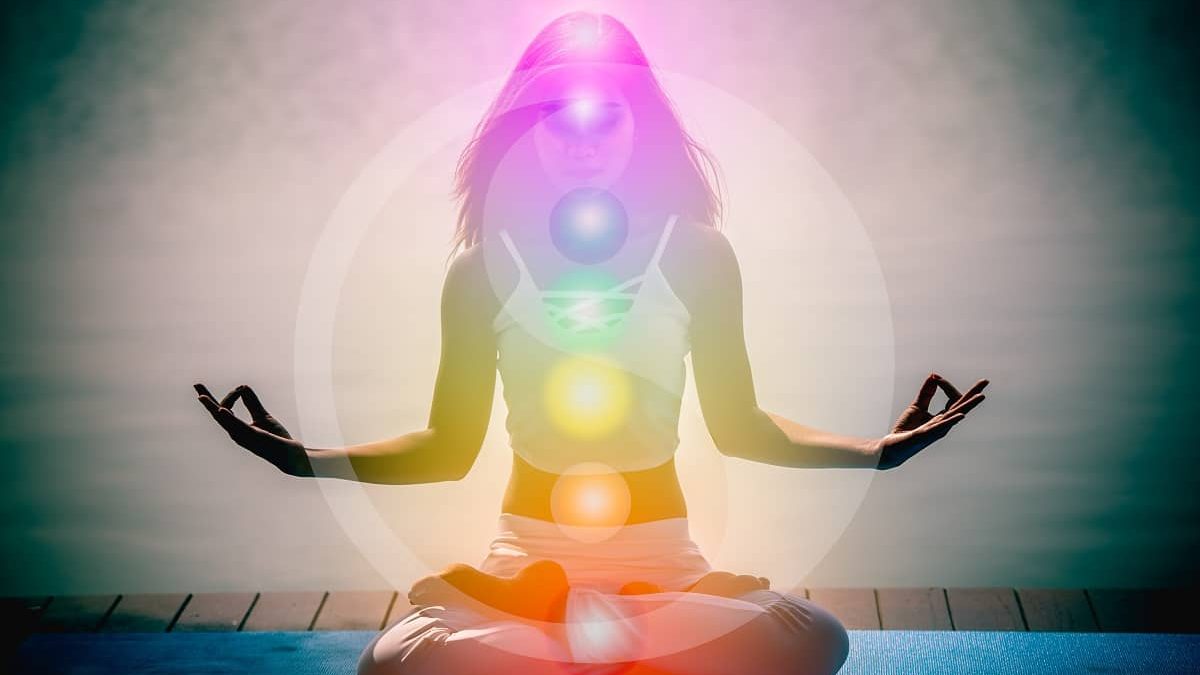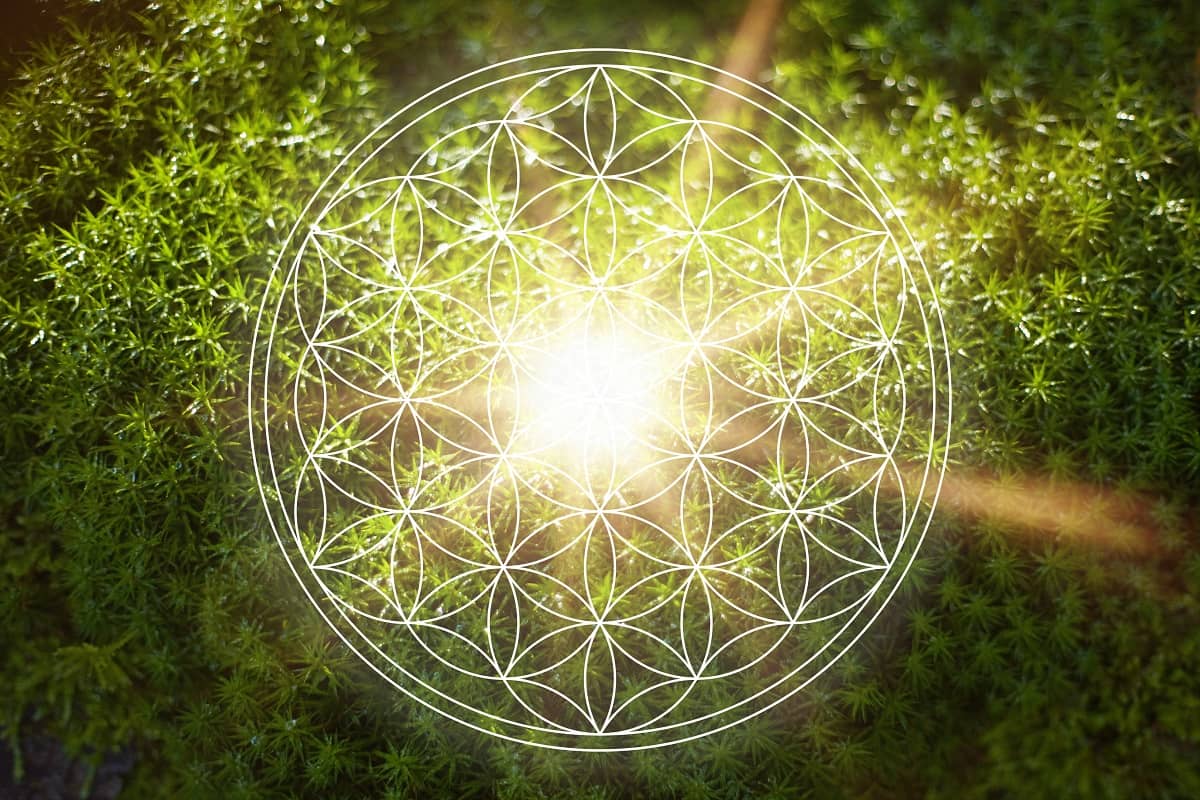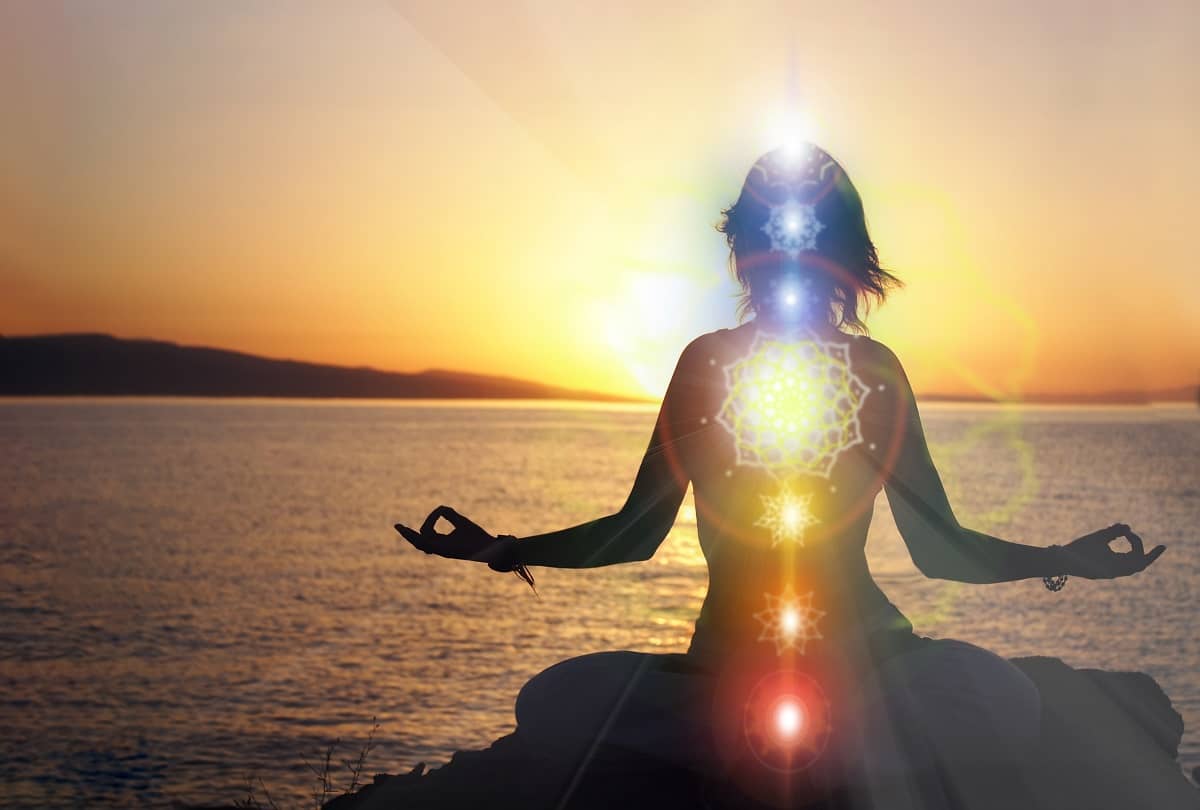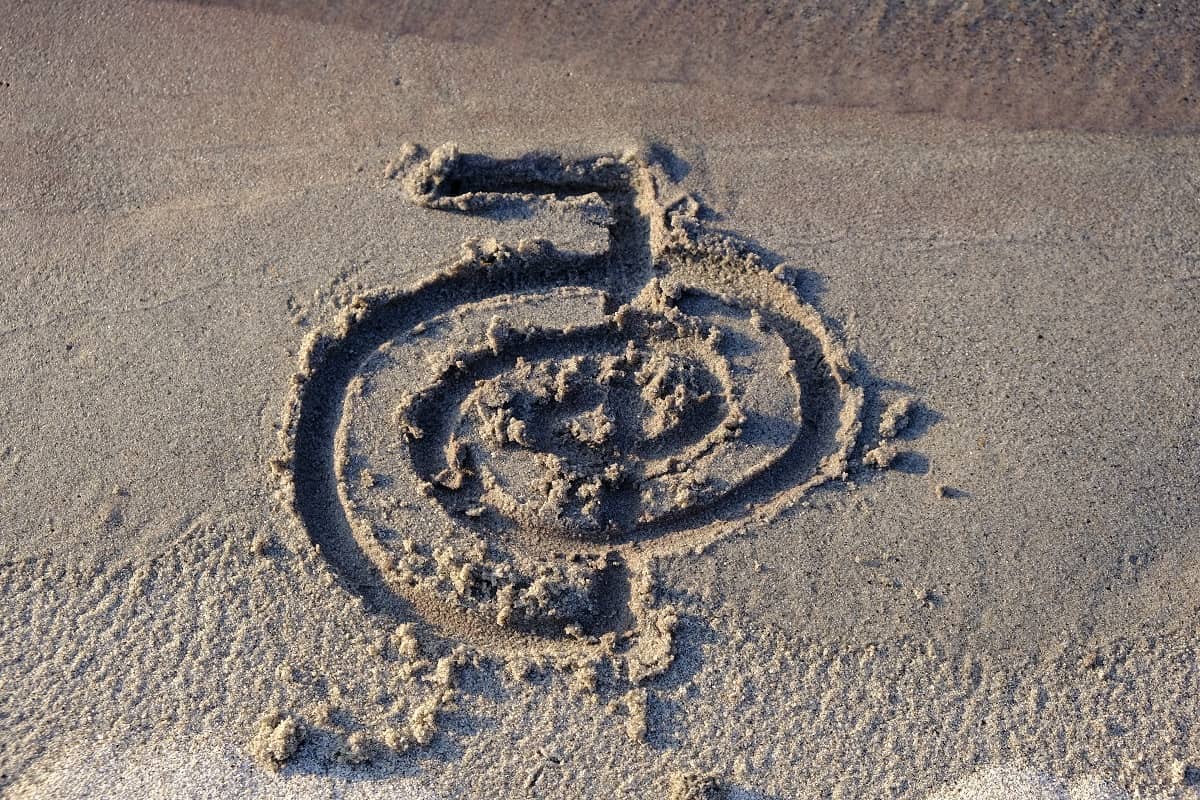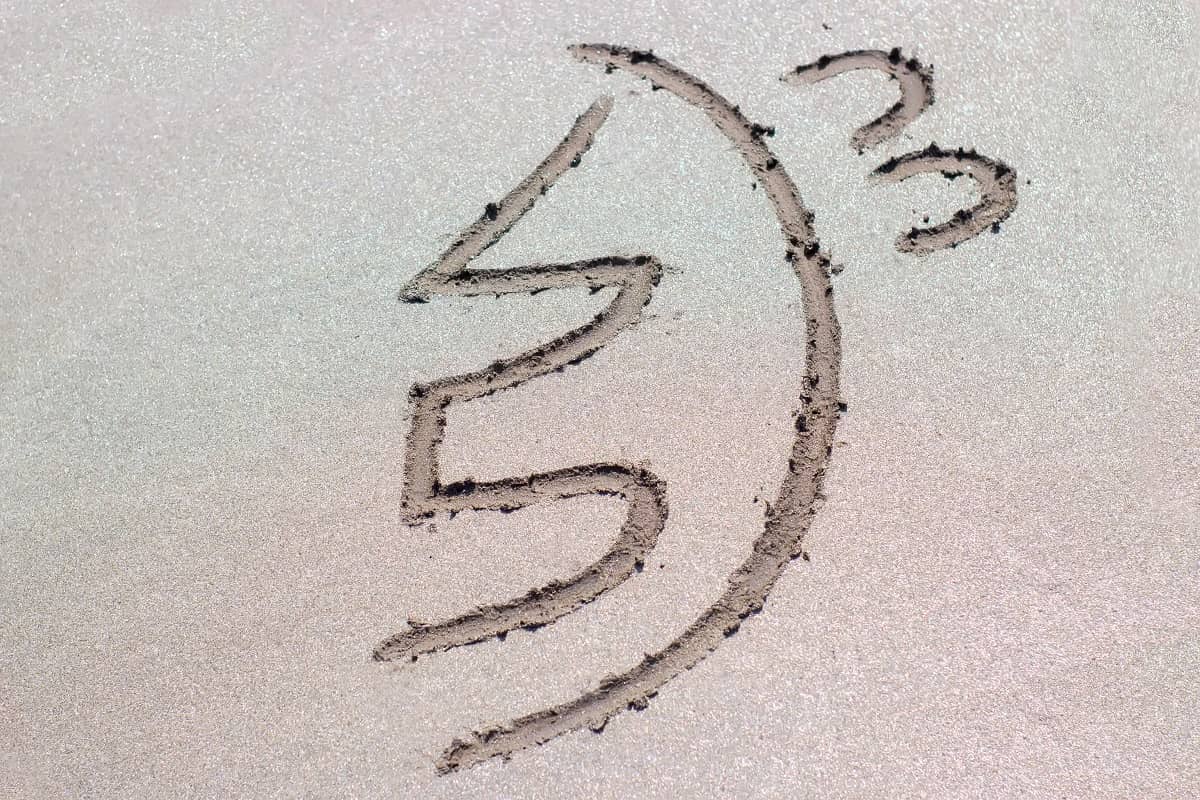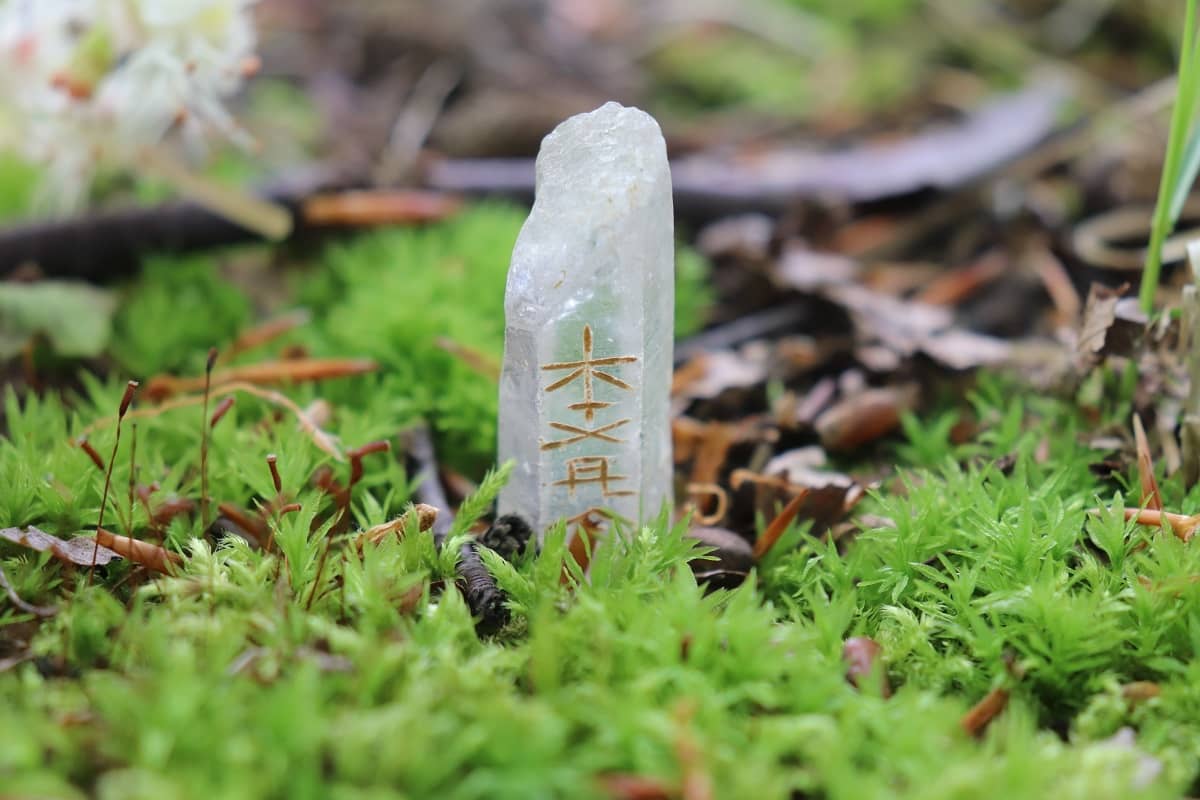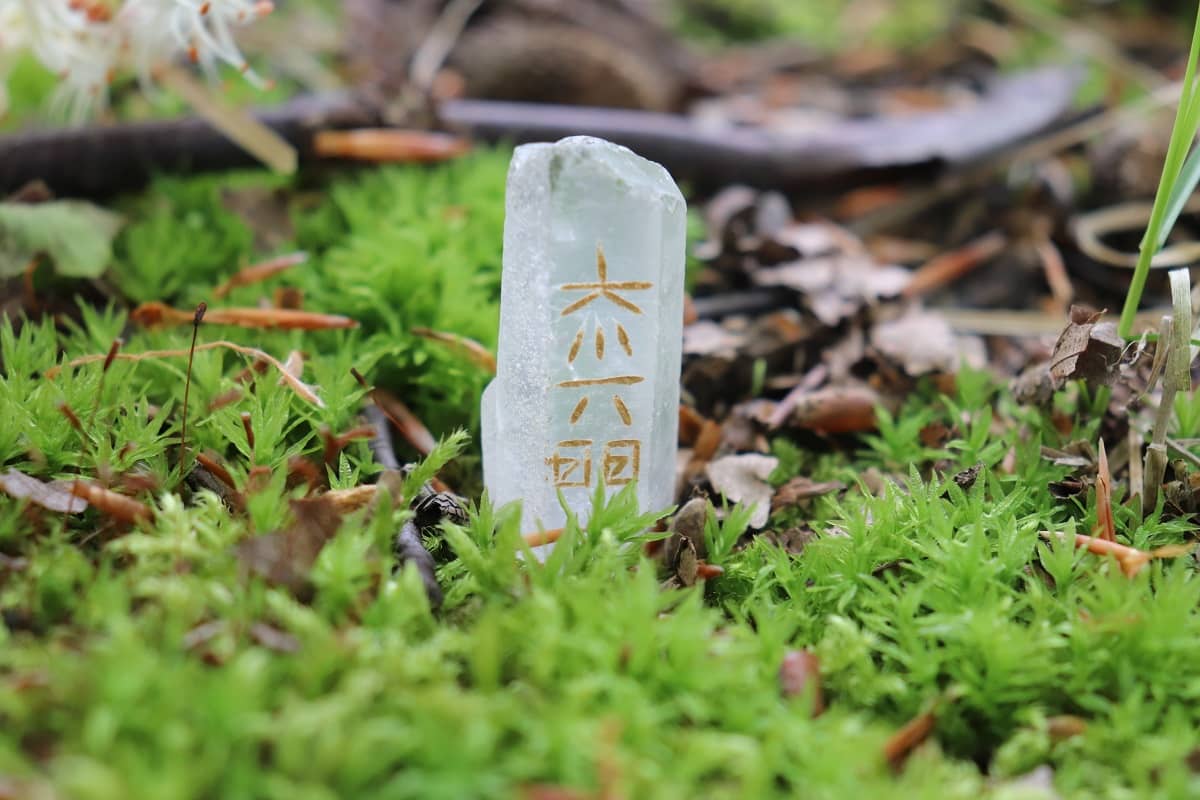Reiki, a form of alternative medicine, focuses on energy healing through the hands of a practitioner. Originating from Japan, this spiritual practice is based on the concept of life force energy flowing through the body. When this energy is low, individuals are more likely to feel stress or fall ill, while high energy levels contribute to happiness and health. Reiki practitioners use specific techniques to channel this energy, promoting physical and emotional healing.
Reiki, meaning “universal life energy,” is a holistic healing system that involves transferring energy from the practitioner to the patient through touch. This method seeks to restore physical and emotional well-being, balancing the body’s energy fields. Developed by Mikao Usui in the early 20th century, Reiki has since spread globally, becoming a popular complementary therapy. Learn more in this blog post by Yrma Wilson.
Contents
- 1 History of Reiki
- 2 The Importance of Symbols in Reiki
- 3 Key Reiki Healing Symbols
- 4 Integrating Symbols into Practice
- 5 FAQs About Reiki Healing Symbols
- 6 Conclusion
History of Reiki
Reiki’s origins trace back to Mikao Usui, a Japanese Buddhist who, after a period of meditation, fast, and prayer on Mount Kurama, received enlightenment and the knowledge of healing through energy. Usui developed a system of healing and taught it to others, ensuring its dissemination. Reiki was further refined and adapted in the West by Hawayo Takata, who introduced it to the United States in the mid-20th century. The practice has evolved, with various branches and techniques emerging over time.
Central to Reiki are five principles, which guide practitioners in their daily lives and healing practices:
- Just for today, I will not be angry.
- Just for today, I will not worry.
- Just for today, I will be grateful.
- Just for today, I will do my work honestly.
- Just for today, I will be kind to every living thing.
These principles emphasize mindfulness, gratitude, and compassion, forming the ethical foundation of Reiki practice.
The Importance of Symbols in Reiki
Symbols play a crucial role in Reiki, acting as keys to unlock different levels of energy and healing. Each symbol carries a specific vibration and intent, enhancing the practitioner’s ability to channel energy effectively.
In Reiki, symbols are more than mere drawings; they represent specific energies and intentions. These symbols help focus the practitioner’s mind and energy, making the healing process more powerful and directed. They are used during attunements, a process where the practitioner is spiritually empowered to use Reiki symbols.
How Symbols Enhance Healing
Reiki symbols amplify the healing process by providing a focal point for intention and energy flow. When a practitioner uses a symbol, it serves as a conduit, directing the universal life energy to where it is needed most. This targeted approach can lead to more effective and profound healing outcomes.
Key Reiki Healing Symbols
There are several significant reiki healing symbols, each with its unique purpose and application. Understanding these symbols and how to use them can significantly enhance a practitioner’s healing abilities.
Cho Ku Rei: The Power Symbol
Cho Ku Rei is known as the Power Symbol. It is often used at the beginning of a Reiki session to increase the practitioner’s energy and at the end to seal the healing process. Represented by a coil shape, Cho Ku Rei is believed to focus energy, making it more potent and effective.
Meaning and Significance
Cho Ku Rei translates to “place the power of the universe here.” It serves as a switch that increases or decreases the energy flow, depending on the practitioner’s intent. This symbol is versatile, used for physical healing, protection, and even cleansing spaces.
How to Use Cho Ku Rei
To use Cho Ku Rei, the practitioner can draw the symbol with their hand, visualize it, or simply say its name. It is often placed over areas that need extra healing energy or used to clear negative energies from a space. Practitioners also use Cho Ku Rei to charge objects, such as crystals, with healing energy.
Practical Applications of Cho Ku Rei
Cho Ku Rei is employed in various situations:
- Enhancing the effectiveness of other Reiki symbols.
- Boosting personal energy levels.
- Protecting against negative energies.
- Cleansing and charging objects.
Sei He Ki: The Harmony Symbol
Sei He Ki is the Harmony Symbol, used primarily for emotional and mental healing. Its wave-like shape represents harmony and balance, helping to release negative emotions and mental blockages.
Meaning and Significance
Sei He Ki means “God and man become one.” This symbol is associated with the harmony between the mind and body, promoting mental clarity and emotional stability. It is particularly useful for addressing issues related to anxiety, stress, and emotional trauma.
How to Use Sei He Ki
Practitioners use Sei He Ki by drawing it over the body or a specific area, visualizing it, or chanting its name. It can also be used in conjunction with other symbols to enhance their effects, particularly in emotional and mental healing sessions.
Practical Applications of Sei He Ki
Sei He Ki is effective in various contexts:
- Reducing stress and anxiety.
- Enhancing memory and concentration.
- Balancing emotions.
- Healing past emotional trauma.
Hon Sha Ze Sho Nen: The Distance Symbol
Hon Sha Ze Sho Nen is the Distance Symbol, allowing practitioners to send healing energy across time and space. This symbol is particularly useful for remote healing sessions and addressing past traumas.
Meaning and Significance
Hon Sha Ze Sho Nen translates to “the Buddha in me reaches out to the Buddha in you to promote enlightenment and peace.” This symbol transcends time and space, enabling healing of past, present, and future events.
How to Use Hon Sha Ze Sho Nen
To use Hon Sha Ze Sho Nen, practitioners visualize or draw the symbol while focusing on the person or situation they wish to heal. It can be used to send energy to someone far away, heal past wounds, or set positive intentions for the future.
Practical Applications of Hon Sha Ze Sho Nen
Hon Sha Ze Sho Nen is utilized in:
- Remote healing sessions.
- Healing past traumas and emotional scars.
- Sending positive energy to future events.
- Enhancing the effectiveness of other healing symbols across distances.
Dai Ko Myo: The Master Symbol
Dai Ko Myo is the Master Symbol, representing enlightenment and spiritual growth. It is the most powerful symbol in Reiki, used primarily by Reiki Masters to attune students and enhance their healing abilities.
Meaning and Significance
Dai Ko Myo means “great bright light.” This symbol is associated with spiritual enlightenment and mastery, empowering practitioners to channel high-frequency healing energies. It is used during attunements to pass on the ability to use Reiki symbols and enhance the healing process.
How to Use Dai Ko Myo
Dai Ko Myo is typically used by drawing or visualizing the symbol while focusing on spiritual growth and healing. It can be incorporated into attunements, healing sessions, and personal meditation practices to enhance one’s connection to universal energy.
Practical Applications of Dai Ko Myo
Dai Ko Myo is applied in:
- Reiki attunements to initiate new practitioners.
- Enhancing the practitioner’s healing abilities.
- Deep spiritual healing and growth.
- Strengthening the effects of other Reiki symbols.
Raku: The Completion Symbol
Raku is the Completion Symbol, used to finalize a Reiki session and seal the energy. It is drawn in a zigzag shape, representing the flow of energy being grounded into the recipient.
Meaning and Significance
Raku means “lightning bolt” or “fire serpent.” It symbolizes the grounding and integration of healing energy, ensuring that the recipient retains the benefits of the session.
How to Use Raku
Practitioners use Raku by drawing it over the recipient at the end of a session, helping to ground the energy and close the healing process. It can also be used to clear the practitioner’s energy field after a session.
Practical Applications of Raku
Raku is employed in:
- Grounding energy after a Reiki session.
- Sealing and completing the healing process.
- Clearing the practitioner’s energy field.
- Ensuring the recipient retains the healing benefits.
Integrating Symbols into Practice
Reiki symbols can be powerful tools when integrated effectively into healing practices. Understanding how to activate and combine these symbols can significantly enhance their effectiveness.
Attunement and Activation of Symbols
Attunement is a crucial process in Reiki, where a Master passes on the ability to use symbols to a student. This spiritual initiation involves opening the student’s energy channels, enabling them to connect with and use the symbols effectively.
Combining Symbols for Enhanced Healing
Combining Reiki symbols can amplify their healing effects. Practitioners often use multiple symbols during a session, depending on the specific needs of the recipient. For example, Cho Ku Rei can be used to boost the energy of Sei He Ki, while Hon Sha Ze Sho Nen can be combined with Dai Ko Myo for remote spiritual healing.
FAQs About Reiki Healing Symbols
What is the purpose of Reiki healing symbols?
Reiki healing symbols are tools used to focus and enhance the practitioner’s energy during a healing session. Each symbol has a specific purpose, such as increasing power, promoting emotional healing, or enabling distance healing.
Can anyone use Reiki healing symbols?
No, Reiki healing symbols can only be used by those who have been attuned by a Reiki Master. This attunement process opens the practitioner’s energy channels, allowing them to connect with and use the symbols effectively.
How do I activate a Reiki symbol?
To activate a Reiki symbol, the practitioner can draw it with their hand, visualize it, or chant its name. Focusing on the symbol’s intent and energy helps to channel its healing properties.
Are there other Reiki symbols besides the main ones mentioned?
Yes, there are additional symbols in different branches of Reiki. These include traditional Japanese symbols and others developed in modern Reiki practices. However, Cho Ku Rei, Sei He Ki, Hon Sha Ze Sho Nen, Dai Ko Myo, and Raku are the most commonly used.
Conclusion
Reiki healing symbols are powerful tools that enhance the practitioner’s ability to channel universal life energy. Understanding and using these symbols can lead to more effective healing sessions, whether for oneself or others. By integrating symbols such as Cho Ku Rei, Sei He Ki, Hon Sha Ze Sho Nen, Dai Ko Myo, and Raku into practice, Reiki practitioners can address physical, emotional, and spiritual imbalances, promoting overall well-being. Contact Yrma Wilson energy healing center to find out more about these symbols and to get a professional reiki appointment.
